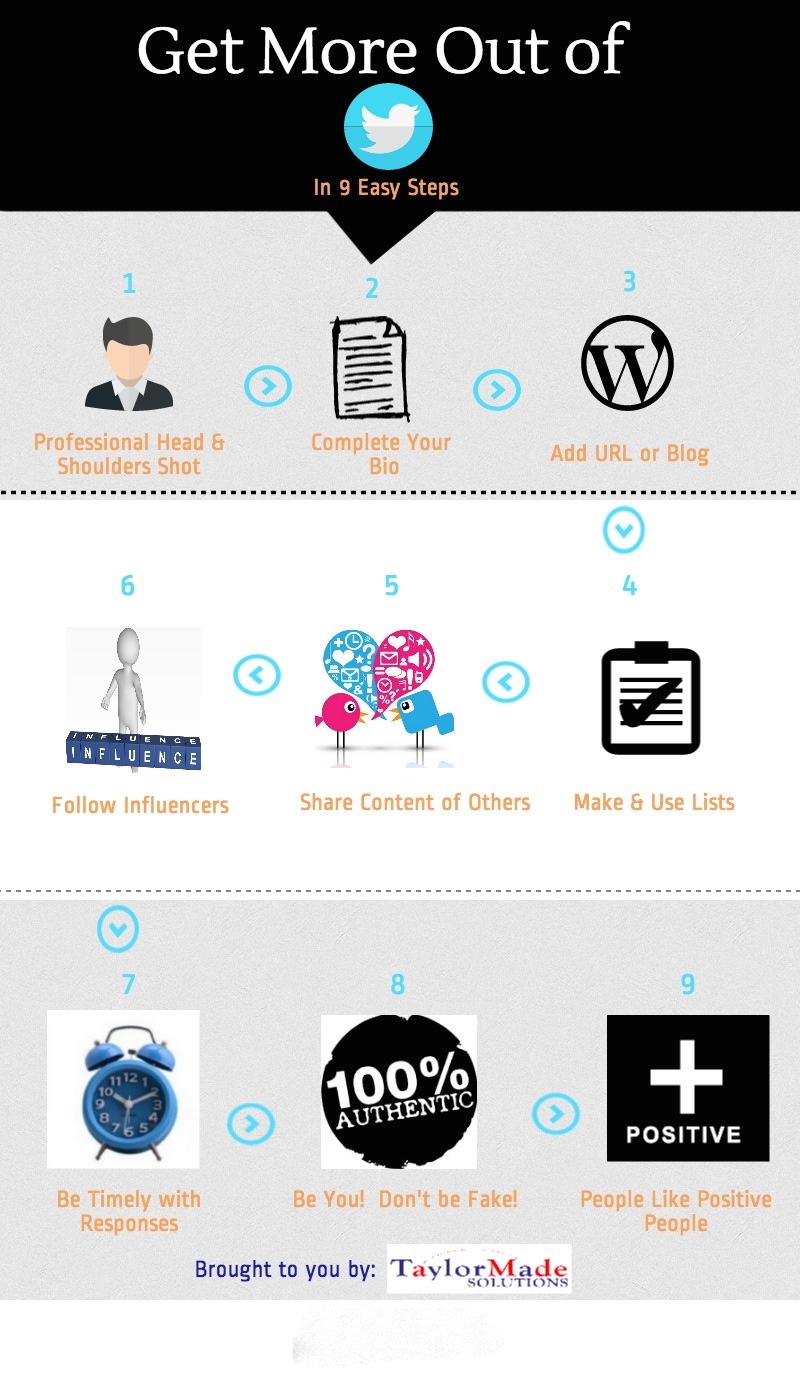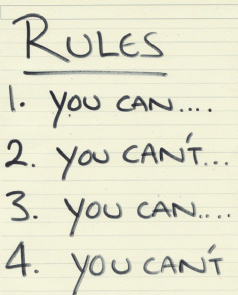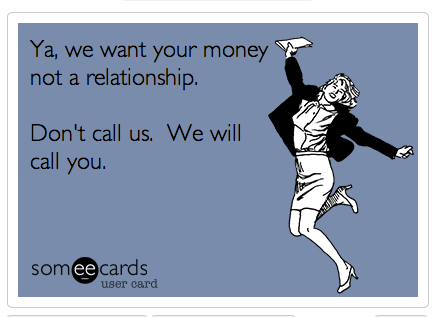Leadership 101 – Respect the Skills of Staff
When I was still at university, I learned a most valuable lesson in managing and leadership: the value of respecting the skills of staff, and the merit of letting staff employ these skills unimpeded by delusions that the manager can improve things by intervening.
My Experience
One summer I worked on board a hydrographic ship which was charting the ocean bottom off Newfoundland, Canada. The area of interest was a high point known as the Virgin Shoals. The method of surveying this area was to capture water depths at regular intervals, in a star pattern with the centre point of the star being Virgin Shoals. Every 4-hour shift, the hydrographer in charge (my job) would plot the latitude, longitude and depth at 5 minute intervals. We’d survey a line, and at the end of a line the helmsman would be instructed to turn the ship and start a different line heading back towards the centre of the star at a slightly different angle. If the plotting of the points indicated the ship was not on a straight line, the hydrographer would direct the helmsman to adjust the heading a little bit so the points would all be along a straight line. The other people doing this work on other shifts were seasoned hydrographers, not university students, and not university trained. They were a little contemptuous of a university type presuming to be able to do this kind of work.
Valuing Expertise
When I worked my shift, the helmsman was an older chap, and had spent his life steering ships. I took over from a fellow who obviously couldn’t wait to see what kind of a mess I would make of the night’s work. Every 5 minutes I plotted the readings, and they looked great to me. When the line was over I said to the helmsman, looks like we should turn around now, and we started plotting another line. He kept the ship straight, and on the right angles, and at the end of my shift our lines were the straightest, neatest of anyone’s. Instead of saying “starboard 200 degrees” or whatever, I just let the helmsman do what he already knew how to do. Instead of directing minor course changes as the line progressed, I just let him make the decisions about how to keep the ship straight. The next day my colleagues spent all their spare time replotting our path to try to prove I had fudged it. All that I had done to get these great sounding lines was to let the helmsman do his job – one he knew a whole lot more about that I did. For me I learned quickly that leadership didn’t mean knowing it all, but rather knowing when your team knew what to do and to let them do it. It was a lesson the other hydrographers had yet to learn.
There are of course times when a manager must coach, or direct, or even discipline. And there are lots of articles and courses to help you do these things well. But skilled trained staff can often be more productive if they are afforded respect for their abilities, with words of encouragement rather than suggestions for improvement that may well be unfounded, and counterproductive. Valuing expertise and experience served me well over the course of my career and in every leadership role that I had. I am glad that I learned it early.
Want to learn even more? Sign up for our newsletter at TaylorMade Solutions (insert “newsletter” into inquiry box)
About Mary Ogilvie:
Mary Ogilvie is a professional engineer, having graduated from UNB with a BSc (Survey) in 1972. After a year with a private survey firm in British Columbia she returned to New Brunswick to work with the newly formed land registration and information service (LRIS) as a research analyst. LRIS became the New Brunswick Geographic Information Corporation (NBGIC) and then Service New Brunswick (SNB). During this time Mary oversaw leading edge innovations in digital mapping, creation of products from digital topographic data, and distribution of digital map data.
Mary retired from SNB in 2004 and at the time was the Vice President, Development. In that capacity she oversaw the major development projects for SNB such as PLANET, Business Registry, Electronic Service Delivery. She also oversaw the Information Technology unit, which provided desk top, networking and other services for the organization, and looked after the unit responsible for business development – convincing departments and municipalities to have their service delivery work handled by SNB. During this time she was also responsible with the arrangements with private sector firms for the marketing of SNB owned software such as PLANET, PPR and G-Biz.
After retirement Mary consulted on several projects, taking her to, Saskatchewan, Chile, South Africa and Vermont. She now spends her time travelling, looking after grandkids, and playing keyboard in Rock Revival, a local rock and roll band.







